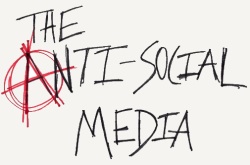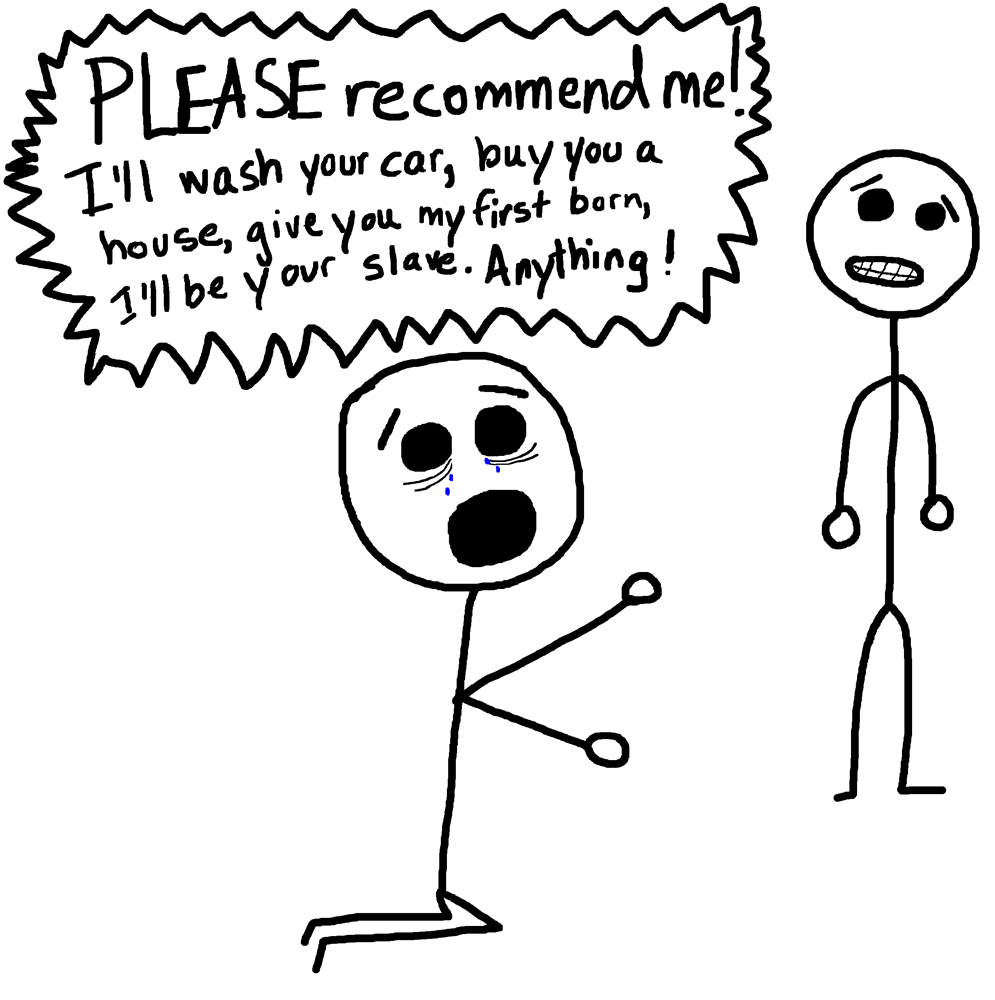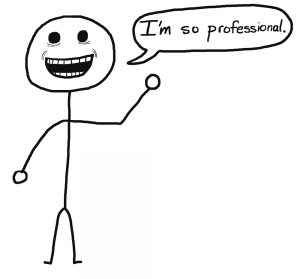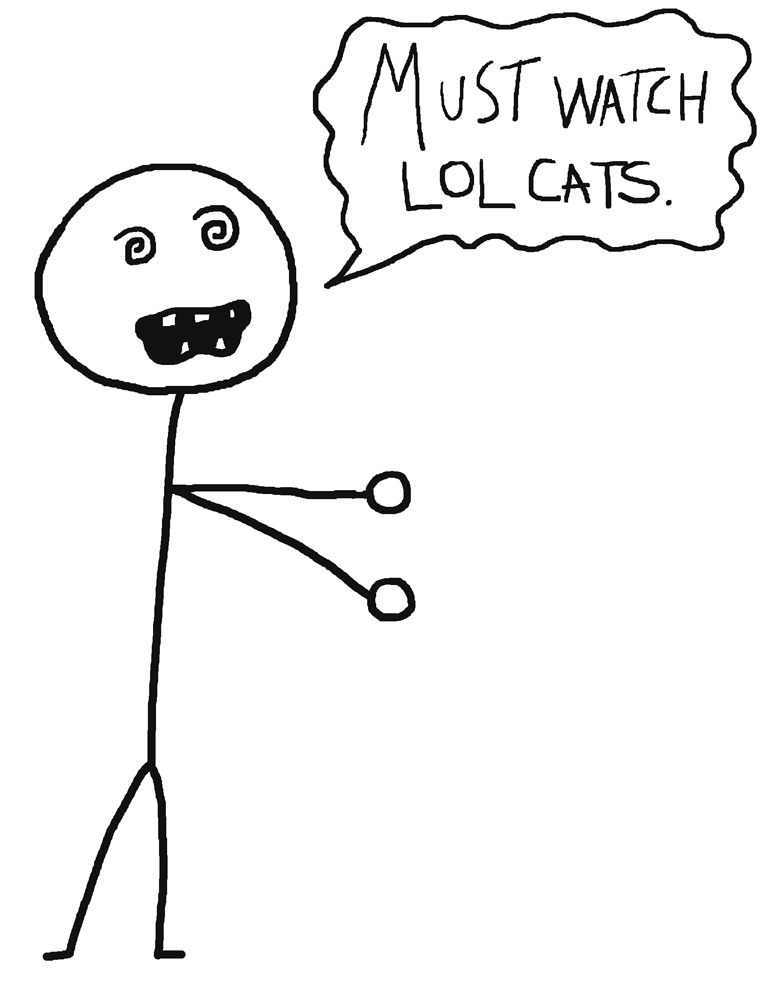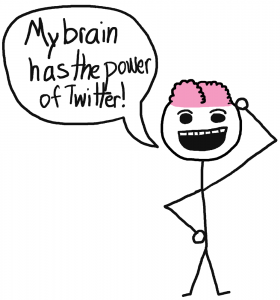I’ve been single for about half a year now, and I decided I should try going on dates by putting myself on a dating site. I figure maybe if I can find someone else who is just as petty and hateful of social media as I am, we can both enjoy sitting in a room complaining about how the kids don’t understand Twitter. At that point, I like to imagine we both sit at home and and watch YouTube videos all night while drinking margaritas and have a grand old time.
Even my ideas of romance are soaked with social media.
However, after spending a few months on dating sites, meeting people that seem like the cast from the Simpsons, I’ve realize people are the same everywhere online. Whether they are reaching out to their friends on Facebook or making new connections on LinkedIn, people will behave in the same stupid ways online no matter what site they are on. Looking for romance is just another way to be stupid while connecting with people.
This is what I’ve learned about social media from dating sites so far:
- Everyone hides something online - We all want to appear a certain way. Whether that is we are nicer than we are in real life, or we just want to hide those ten extra pounds, we have something to gain by showing ourselves in a certain light or keeping our personal brand a certain way.
- There will always be haters - You know what’s worse than trolls on a blog? Trolls on a dating site. I once got a 5 paragraph message from a potential suitor telling me that I was wrong about something. The message ended with “I’m not judging you harshly, and I’d love to meet you.” Why yes, I’d love to meet for coffee and be criticized for an hour by a stranger!
- Some people will never get it - Just like someone will message you daily trying to win your heart even though you told them to “BACK THE HELL OFF,” someone will read your blog daily and not understand any of it. You can’t please everyone, and some people will never learn you just aren’t into them.
- We all want to be loved - Whether we want to meet the love of our life, or meet our favorite blogger, we all want some affection and caring to justify our measy online presence. True love is just a retweet away.
If I keep going on dates, who knows what other crazy things I’ll learn. Maybe I’ll finally understand why we keep talking about Quora.
Have you ever used a dating site, and did you actually meet someone sane from the site? What did you learn from using the site? I need some inspiration here, otherwise I’m going to start using LinkedIn as a dating tool. I’m sure the professionals in my network are looking forward to those e-mails.
